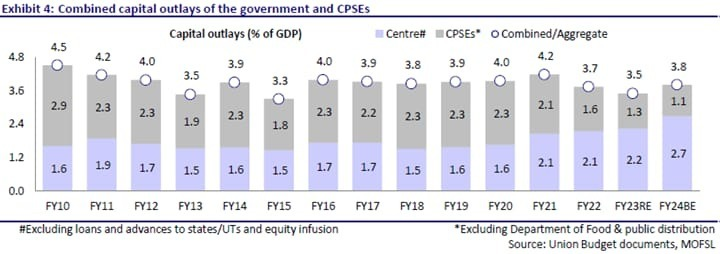
#DidYouKnow that #LithiumInIndia was DISCOVERED back in 1999. GSI published “Final report on Base Metals and Lithium in Salal Area... Field Session 1995-96 and 1996-97”. INSTEAD @PIB_India said “inferred estimate of lithium had emerged through field investigations since 2018-19”
https://twitter.com/atlas47/status/1624619476007411712
It takes 500,000 gallons (2,273,000 litres) of water to mine one tonne of lithium. In Chile's Atacama Salt Flats, lithium mining has been linked to declining vegetation, hotter daytime temperatures and increasing drought conditions in national reserve areas. 



I hope that India is careful the ENVIRONMENT impact of mining the #LithiumInJammu. We have seen what has happened in other countries as well what has happened the FRAGILE North East area due to massive building of Roads, Bridges & Tunnels 

With all these countries looking to develop their lithium industries, the world faces two very different choices about where it sources the critical mineral: from hard rock, as in Australia, or from salt-rich groundwater as in Chile
sustainability study on the lithium supply chain that assessed fuel use, power sources and energy intensity, found that hard-rock lithium will be responsible for 10 million tonnes of CO2 by 2030, with brine responsible for around 2.5Mt.
Link: miningmagazine.com/sustainability…
Link: miningmagazine.com/sustainability…
The world's Li resources are found at~59% in brines,~25% in minerals, and the rest in clays, geothermal waters, and oil field brines
Link researchgate.net/publication/22…
Link researchgate.net/publication/22…
DID YOU KNOW ? One abundant option would be seawater, in which the lithium concentration is around 0.18 ppm, which gives a total global lithium amount of 230 Bt.
This enormous amount makes the extraction of lithium from seawater indispensable and available to most nations
This enormous amount makes the extraction of lithium from seawater indispensable and available to most nations
Links to various articles bbc.com/future/article…
Links to various articles miningmagazine.com/sustainability…
Links to various articles researchgate.net/publication/22…
The world didn’t care much about Lithium right upto 2016. Mining lithium is bad for the environment in general. 

• • •
Missing some Tweet in this thread? You can try to
force a refresh













